August 2015 Nonprofitability
Newsbits
Community Foundations Embrace Impact Investing
A report from the Democracy Collaborative concludes that community foundations, which traditionally have focused on a passive approach to making grants, are now experimenting with impact investing — making investments that seek both financial return and social impact.
The Greater Cincinnati Foundation, for example, has found wide donor interest in the approach. It made its first impact investment (a $1 million loan) in 2001 and, to date, has committed $10 million to impact investing. Notably, the foundation has found that impact investing is attractive to a wide spectrum of donors, including corporate, individual and donor-advised funds.
IRS rarely audits nonprofits for political activity
Information obtained by the Center for Public Integrity indicates that the IRS almost never audits social welfare organizations to determine if they’re spending too much on politics. The IRS told the Center that it has only begun auditing 26 organizations specifically for political activity since 2010 — a small percentage of the more than 1 million not-for-profits under the agency’s purview.
A Center investigation published in July 2014 found that “Congress has systematically weakened the IRS’s exempt organizations division in recent years, leading to the IRS all but quitting its regulation of politically active nonprofit groups.”
Congress considers making charitable tax extenders permanent
A number of charity-related “tax extenders” have been introduced in Congress, including several in bills which have passed the House of Representatives and await Senate action. Among other things, these bills would reinstate and make permanent the tax deduction for charitable contributions of food inventory and land conservation easements. They also would make permanent the IRA charitable rollover, which allows the exclusion of distributions from IRAs from gross income when they’re transferred directly to a charitable organization.
The introduction of the legislation suggests a renewed interest in such matters in Congress. Check with your tax advisor for the latest information.
Mining social media helps identify likely donors
The New York Times reports that some technology startups are now using social media analytics to target and engage likely donors to nonprofits. For example, EverTrue and Graduway are working with institutions of higher learning to evaluate alumni interactions with an institution’s Facebook page to identify those alumni with the greatest propensity to donate. They also distinguish those individuals likely to donate to a capital campaign from those more interested in a specific athletic or academic cause. Similarly, LinkedIn profiles can be mined to find people in certain industries or companies with a historically higher likelihood of giving.
© 2015
This material is generic in nature. Before relying on the material in any important matter, users should note date of publication and carefully evaluate its accuracy, currency, completeness, and relevance for their purposes, and should obtain any appropriate professional advice relevant to their particular circumstances.
Share Post:









